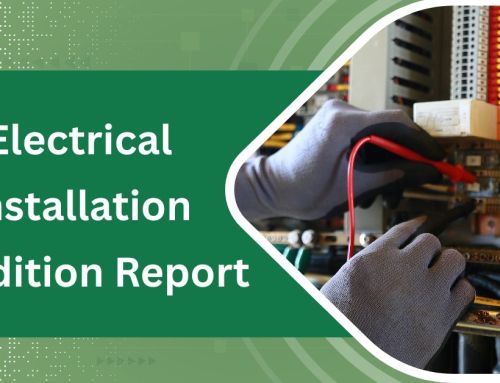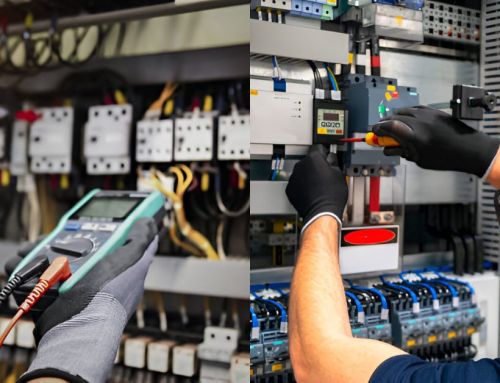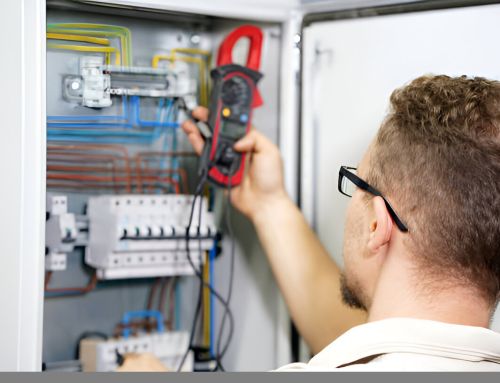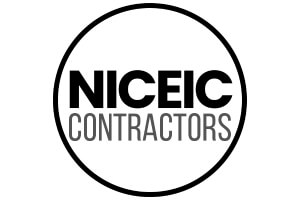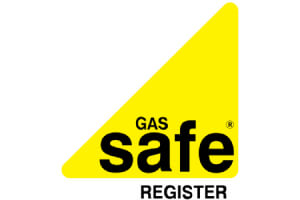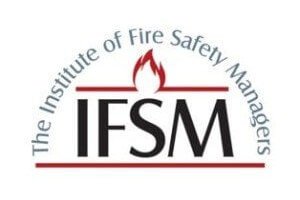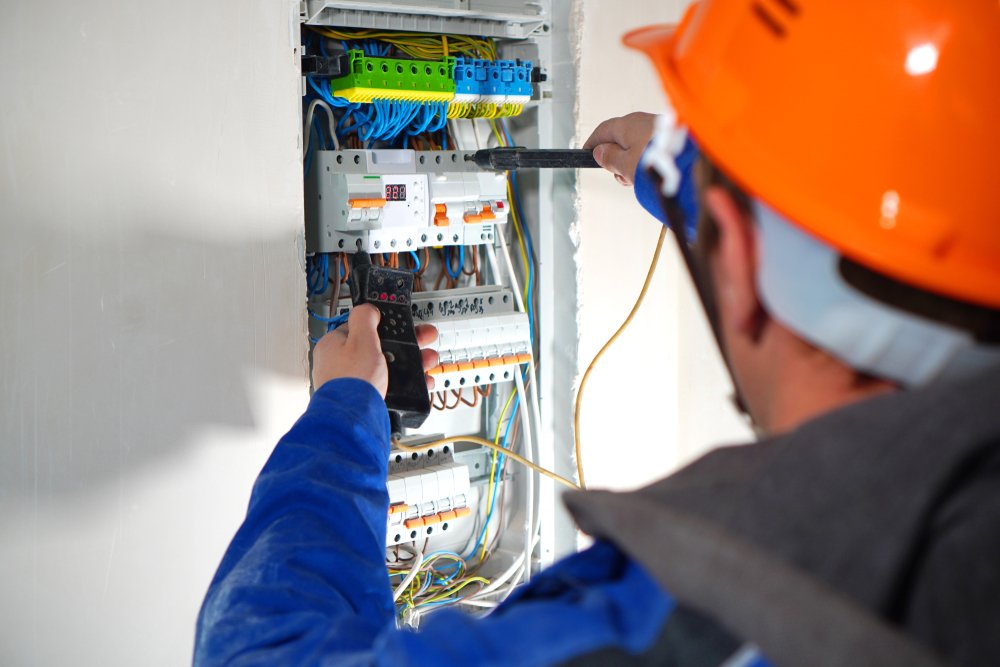
The Essentials of an EICR Testing Procedure
EICR Testing Procedure;
EICr testing is an integral component of maintaining the safety of electrical installations, helping to avoid accidents and injuries from occurring.
The eicr test procedure is a series of steps performed by an experienced electrician. It primarily examines the internal wiring system and equipment to detect any hazards or defects that could cause accidents.

Visual Inspection
EICR Testing Procedure;
Visual inspection is a straightforward but reliable testing technique that relies on the human eye to detect any flaws in an asset. It often serves as a prelude to more sophisticated testing methods that can identify flaws beyond what the naked eye can see.
Visual inspection is not without its limitations, however. It only detects surface flaws, so it may overlook important internal issues. Furthermore, to guarantee accurate results, a trained inspector with expertise in the industry and project requirements should be utilized.
Visual inspection remains an integral part of manufacturing quality control and asset maintenance, despite its limitations. This method can quickly detect any potential flaws in a product and identify its root cause before costly repairs become necessary.
Additionally, visual inspections can help detect potential hazards before they cause a catastrophe. For instance, in the mining industry, safety officers conduct regular visual checks to detect dangerous hazards, risks and non-compliant conditions on a worksite.
As with all EICR testing procedures, visual inspection should be conducted by a qualified engineer who will record any hazardous observations or recommendations for improving safety in the installation. This information will then be documented on a report issued upon completion of the EICR test.
Dead Testing
EICR Testing Procedure;
Dead testing is a procedure conducted on electrical circuits when they have been de-energized. It’s essential for electrical safety as it helps detect faults that could result in serious injury or death.
To guarantee your electrical installation is secure, having it checked by a qualified electrician is wise. They can perform various tests to guarantee it functions optimally and is secure for use.
Additionally, they can tell you if there are any potential issues that need fixing. They can identify whether the circuits have proper insulation resistance, polarity and continuity.
Prior to conducting any type of testing, it is essential that all equipment used in the process has been unplugged from its circuits. Doing this prevents damage due to excessive voltage and allows electricians to conduct the test without risking their lives or damaging property.
Once all equipment has been taken away, an electrician can test each circuit with an electrical meter. They do this by measuring each wire’s resistance and performing a continuity test.
Although it is a straightforward procedure, it is imperative that you adhere strictly to the regulations when performing these tests. After all, it’s legal for you to do so in order to keep your property secure and safe.
At least once every five years, landlords and property owners should conduct the EICR testing procedure. Not only will this protect their investment from potential accidents but it could also increase insurance claims in case of damage.
Live Testing
EICR Testing Procedure;
The live test include checking for proper grounding, voltage levels, and circuit breakers. If any problems are found, the electrician will report it on the EICR.
Another potential risk is the presence of any hazardous materials or equipment. For instance, asbestos-containing materials should be removed prior to conducting insulation resistance testing, as these could interfere with results and even cause a fire if left unchecked.
RCD Testing
EICR Testing Procedure;
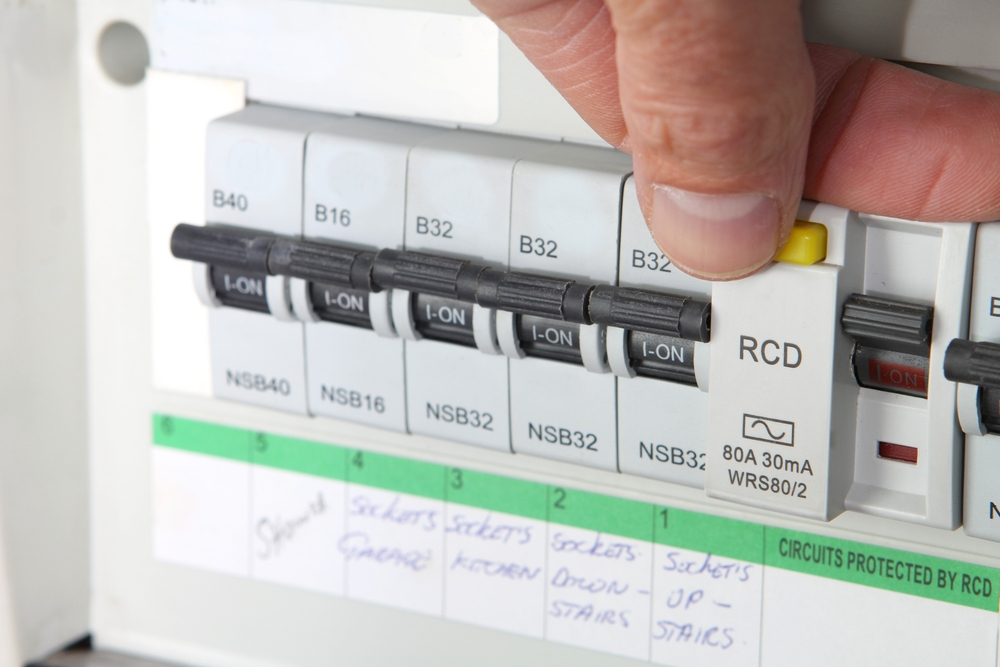
RCD Testing is the process of inspecting an electrical circuit’s Residual Current Device (RCD). This safety measure helps reduce the risks of electric shock and electrocution that could arise if someone touches an exposed wire or malfunctioning appliance.
It usually takes less than a millisecond for an RCD to activate, making it ideal for protecting individuals such as children and seniors from electrical injuries. Furthermore, RCDs can prevent serious fires caused by faulty wiring or appliances.
RCD devices come in several varieties, such as fixed RCDs and portable residual current devices. They come with various styles and sizes and can be installed at various locations.
These devices feature a test button that can be pressed to determine whether they are functioning correctly or not. If not, an electrician should be called back out to retest the device and guarantee its compliance with Australian and New Zealand electrical standards.
In addition to the push button test, an RCD should also undergo an operating time test. This allows the electrician to measure how long it takes the RCD to trip and evaluate its efficiency.
Every six months, testing should be conducted on all circuits protected by an RCD. This is essential to guarantee the devices are not overloaded and working optimally.
An essential step of the EICR testing procedure is the operating time test, which measures how long it takes for an RCD to trip. This vital safety feature can save lives and should be conducted regularly.
An RCD’s tripping circuit consists of coils wound around a ferrite toroid core. These coils are designed to detect an imbalance of current between live conductors in a circuit. When this current exceeds a certain threshold, an internal voltage is induced in the tripping coil, disconnecting electricity supply to the protected circuit.
All electrical circuits must be protected with RCDs. This is a requirement for both commercial and residential properties, helping keep people safe. Furthermore, new buildings must include this measure because it can reduce fatalities from accidents.
Do you need an EICR? Read More here.
Our Pricing
| Our Electrical Safety Certificate Prices |
|---|
| Studio Apartment £67.99 |
| 1 – 3 Bedroom £81.99 |
| 4 Bedroom £89.99 |
| 5 Bedroom £98.99 |
Check Out Our Other Services
About the Author: LandlordCertificate
Related Posts
Get Social
Recent Posts
- Understanding Fire Extinguisher Testing: What It Involves
- Gas Safety Certificate Requirements: What Every UK Property Owner Must Know
- What Is the Fire Risk Assessment Cost
- Gas Safety Certificate in London: What It Is and Why You Must Have One
- Why Getting an Asbestos Survey Matters for Property Safety


